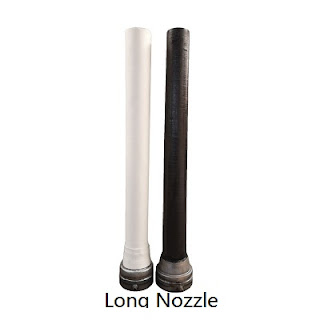The melting point of MgO is as high as 2800℃, and the refractoriness of magnesia bricks is generally high, reaching above 2000℃. Therefore, magnesia bricks have good high temperature resistance, high temperature vacuum stability is good, and strong resistance to alkaline slag , but magnesia bricks have poor resistance to sulfate erosion, poor thermal shock stability, and are easy to hydrate. In addition to traditional magnesia bricks, magnesia refractories also include forsterite refractories and magnesia alumina spinel high-quality refractories, magnesia-chrome refractories, white jade refractories, etc.
Magnesium chromium refractory material. It is a refractory material made of magnesia and chromite, and with magnesia as the main component. According to the chemical composition, magnesia-chrome refractory products include chrome bricks and chrome-magnesia bricks. Magnesium-chromium refractory products have high refractoriness, high-temperature strength, good thermal shock stability, strong corrosion resistance to alkaline slag, adaptability to acidic slag, and good kiln-hanging properties. Magnesium-chromium refractory products are mainly used in RH ovens, AOD furnaces, non-ferrous metal smelting furnaces and glass kiln regenerators, cement rotary kilns, mixing furnaces, lime kilns and high-temperature kiln linings, etc.
However, due to the environmental impact of hexavalent chromium ion harm to the human body. Magnesium aluminum spinel refractory material. It is a refractory composed of magnesia and spinel with a magnesium oxide content (mass fraction) of not less than 20%. However, due to the large variation range of A12O3 and MgO content, we will use A12O3 and MgO as the main chemical composition of the refractory. It is called magnesia-aluminum spinel refractory. Magnesium-aluminum spinel refractories are mainly used in large cement rotary kilns, glass kiln regenerators, electric furnace tops, refining furnaces outside the furnace, ladle and other thermal equipment for enhanced operations.
Dolomite refractory material. The main component is white jade clinker. White jade clinker refers to calcining natural magnesium calcium salts or hydroxides to form a uniform and dense mixture of calcium oxide and magnesium oxide. According to the chemical mineral composition, it can be divided into the following two categories.
Article Source:The characteristics and classification of magnesia refractories
Company name: Henan Xinmi Changxing Refractory Materials Co.,Ltd
Email: info@cxrefractories.com
Website:http://www.cxrefractories.com






















